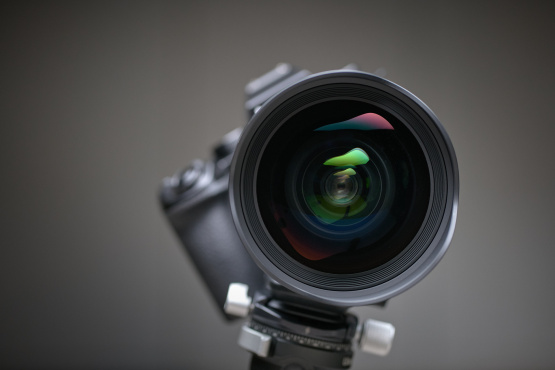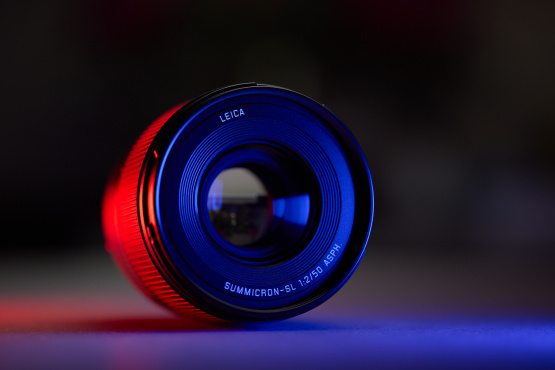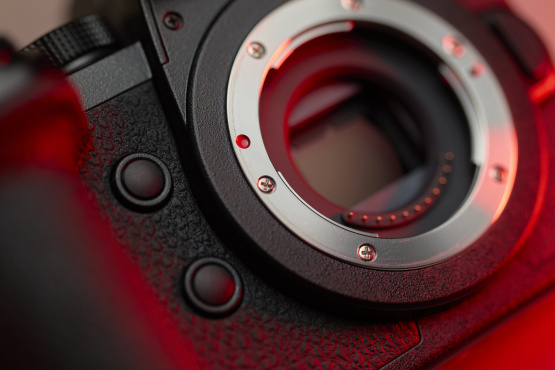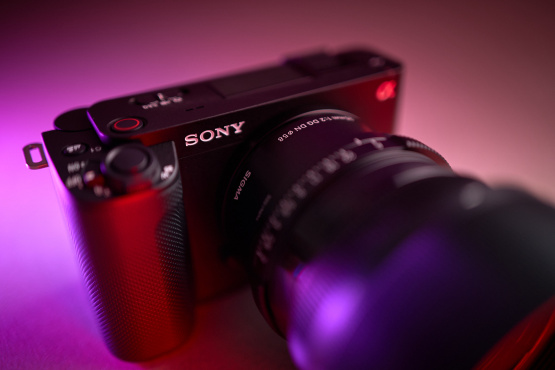Every year I head to the Arctic in search of aurora activity, and every year I struggle with what lens to pack. Weight, budget and ultra wide angles are hard to balance. The Rokinon 14mm manual focus lens is not the best on the market, but certainly represents the best value. It’s my pick for anyone wanting to taste the night sky before investing in the more expensive glass.
You need some serious wide angle to chase auroras or star trails. 24mm is not wide enough, which is a pity because my favourite lens is the Canon 24mm f/1.4 and I never leave home without it. When the aurora borealis is in full swing this lens is not wide enough to pull in the scale of the sky. For star trails the celestial poles look their best when encircled by a generous amount of distant galaxies. Size matters.
The top of the line Canon 24mm not only falls short on width, but it throws in a little problem with image quality for fastidious photographers. Chroma is a unique problem that affects some very good lenses. It’s not the same as chromatic aberrations or distortion, rather it's a problem with light from a point source that turns a star into a cross. It only happens on the fringes of the 24mm f/1.4 but it does happen.
Without question the best wide angle lens for shooting stars and auroras is the Zeiss 15mm f/2.8. It’s manual focus, has an elegant amount of travel through the focus range to make it easy to drop onto the right mark, and it’s optical qualities are astounding. Not only does it avoid the chroma problems of the Canon 24mm f/1.4, but it’s pin sharp right through to the edges. There is minimal drop off at the edges that can be satisfactorily corrected in processing, and at f/2.8 you have enough speed to shoot galaxy maps or close down a little for bright aurora events.
And the lens costs more than a brand new Canon 5D MkIII. If you want the best, then the Zeiss is the one. No questions. I tested one in Norway and Iceland for five weeks and have never seen it’s equal. But I had to give that one back to the nice man at Zeiss, and haven’t been able to pull the trigger on spending the dollars to buy one for keeps. It’s also a heavy lens and one you want to take good care of as they are expensive to replace.

And that brings us to the Rokinon. You will have seen the brand around for many years, a manufacturer of very cheap lenses based on analogue lens designs. They appear under other labels too, including Samyang. They make quirky wide angle lenses at an affordable price, and recently have started to build cinelens versions as well. Rokinon recently updated their 14mm design to meet cinelens requirements, which so happen to be a good match for astro photography as well.
I ordered a Rokinon 14mm T3.1 from B+H in New York for US$340, and a week later I had a new toy for my DSLR. The build quality is surprisingly good, the design is light and modestly compact, but the image quality far from perfect. There’s a definite point in the optics as you move towards the edges where obvious distortion begins to appear. Most of the lens is beautifully sharp however and there is no trace of chroma across the glass. I spent three weeks with this lens in Swedish Lapland doing low light work, auroras, star trails and classic landscapes. I learned to love it and it’s definitely my favourite lens to pack for the next aurora chase.
There’s a few quirks to cinelens design that you need to appreciate to understand this lens. It fully manual and is setup to slip into a focus rig. This means the focus ring is cogged and offers long travel which makes for better accuracy. The cogs also make it easier to adjust while wearing big thick gloves at -20C.
The lens works off a T scale instead of f-stops, which means it slides the aperture through the range instead of clicking into precise stops. This is no drama when shooting manually, but may be new to many photographers. The T scale essentially takes into account light retardation through the lens, so T3.1 is roughly equivalent to f/2.8 on a conventional lens. The aperture ring is cogged as well, again making it easier to adjust the aperture without removing your snuggly warm gloves.
From now on this lens will be the one I recommend to travellers when they join me in the Arctic for aurora adventures. The Zeiss 15mm f/2.8 will always be my dream lens, it is the best and is worth the price tag. For most photographers the entry price to aurora and star photography is very high however, so the Rokinon 14mm becomes a super attractive option. You can buy this lens and give it a whirl and hopefully come home with some gorgeous images.
If you get a touch of Auroratism then you’ll consider upgrading to the Zeiss. But you may well end up very happy with the Rokinon and spend that money on a new camera instead.











